Select Language:
Quick Links
In the realm of Dungeons & Dragons, many creatures are borrowed from traditional fantasy, and one of the most iconic are centaurs. With the upper body of a human and the lower body of a horse, these guardians of the forest have captivated players for generations.
If you’re thinking about integrating centaurs into your campaign, there are several important factors to consider, especially with respect to how your players might interact with them. This guide will explore the roles that centaurs can fill and how they might function as a playable character option.
Using Centaurs as NPCs in Your D&D Campaign
Centaurs are fey beings and can be easily incorporated into any setting if you leverage their lore. Typically, they act as protectors of nature, embodying neutral good alignments. They are likely to coexist peacefully with other creatures unless their environment is threatened.
Centaurs’ Lore and Society
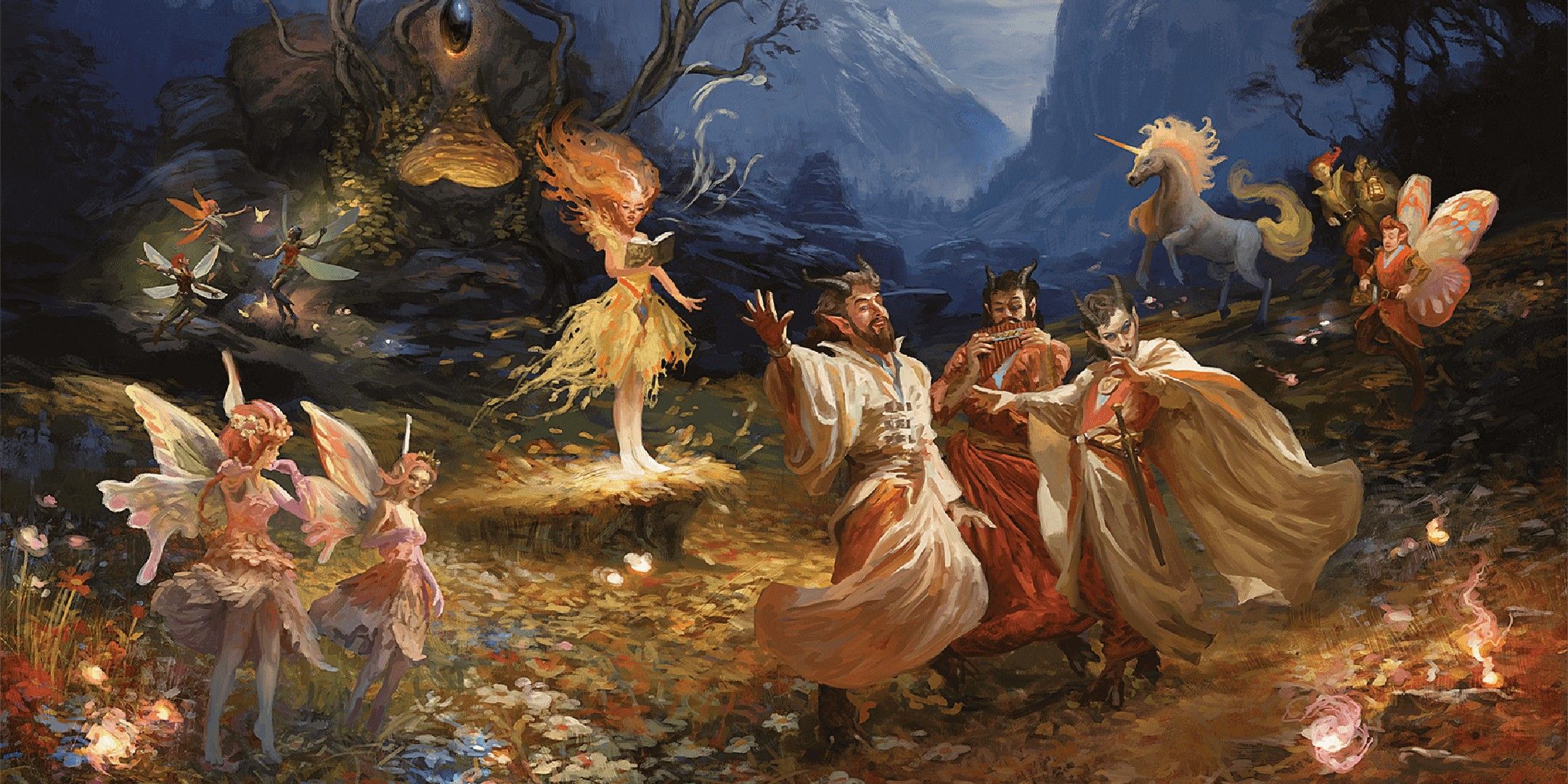
As a Dungeon Master, you might create unique lore for your world’s inhabitants, but a valuable resource is Mordenkainen’s Monsters of the Multiverse. This book details various centaur tribes, including their names and appearances.
In essence, centaurs typically reside in forests, drawing only what they need from nature, and they are often governed by wise elders, many of whom are druids. These elders teach the younger generations about nature conservation and organize hunts for threats that could disrupt the balance of their ecosystems.
Classic centaur traits align closely with those of wood elves, enabling you to blend the characteristics of both in your world-building.
Centaurs can also lead nomadic lifestyles, traveling to greener pastures as the seasons change. This detail can be useful if you keep track of time in your campaign, providing an explanation for why players can no longer encounter a specific centaur tribe they previously relied on.
As fey beings, centaurs often inhabit the Feywild or forests that link the Feywild to the Material Plane. They tend to trade items rather than use traditional currency like gold, although you might adapt this based on your campaign’s unique setting.
Centaurs in Urban Areas
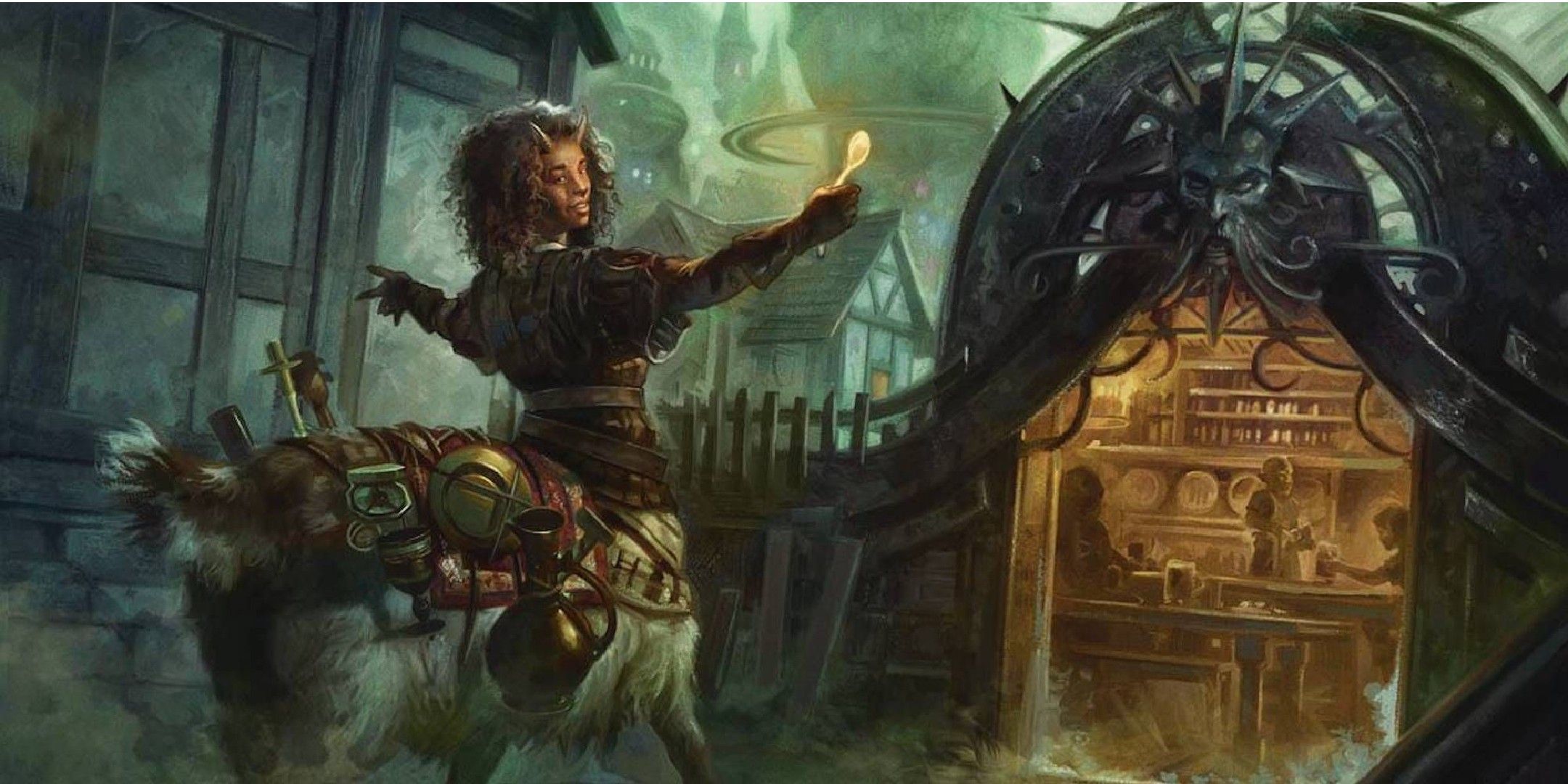
While you might envision having centaurs as part of your city landscape, they shouldn’t necessarily be portrayed solely as forest guardians. D&D accommodates various species coexisting, and centaurs can easily fit into that narrative, although you should consider their unique physicality.
Although centaurs have room for travelers on their backs, they’re unlikely to consent to carry someone unless absolutely necessary.
It’s impractical for centaurs to visit crowded taverns where they can’t move freely, so they might need special accommodations within buildings. Keeping centaurs on the outskirts of a city can allow for easy encounters with players without logistical complications.
Centaurs: Encounters and Combat Strategies
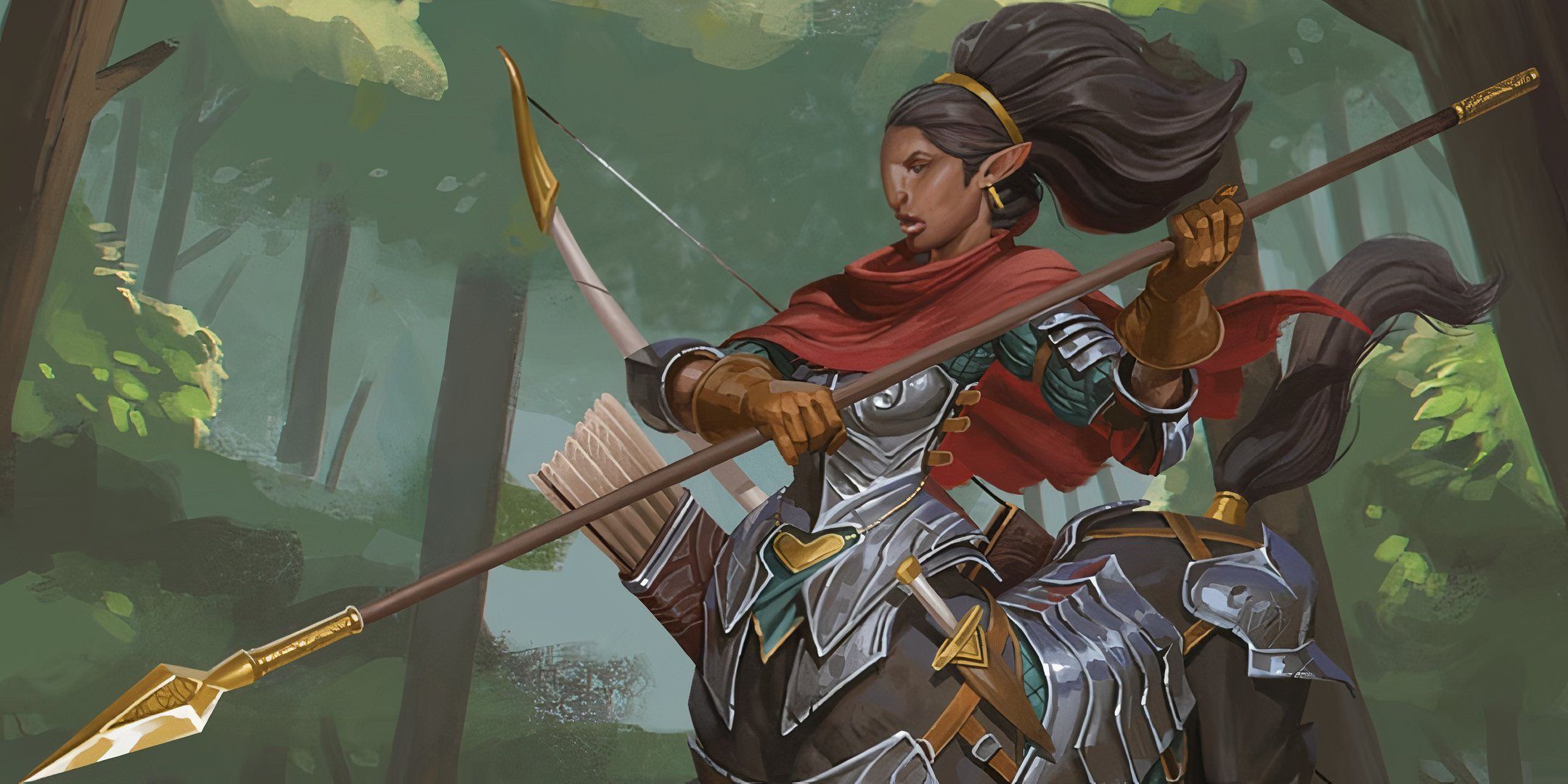
The centaur from the 2014 Monster Manual is categorized as a CR two creature and relies heavily on charging attacks to pose a serious threat. To maximize their effectiveness, you’ll want to find ways for them to consistently execute charge attacks, which can sometimes be challenging without the right environment.
In the 2025 Monster Manual, the centaur has evolved into the centaur trooper. Unlike the classic centaur, this version does not use hoof attacks but gains a new ability called the Trampling Charge. This action allows them to move at their full speed and forces creatures they pass to make a Strength saving throw, taking damage and being knocked prone if they fail.
However, this is a recharge action, meaning the centaur trooper cannot perform it every turn, making them easier for newer Dungeon Masters to handle. Simply using the Trampling Charge when it’s available often ensures a balanced encounter.
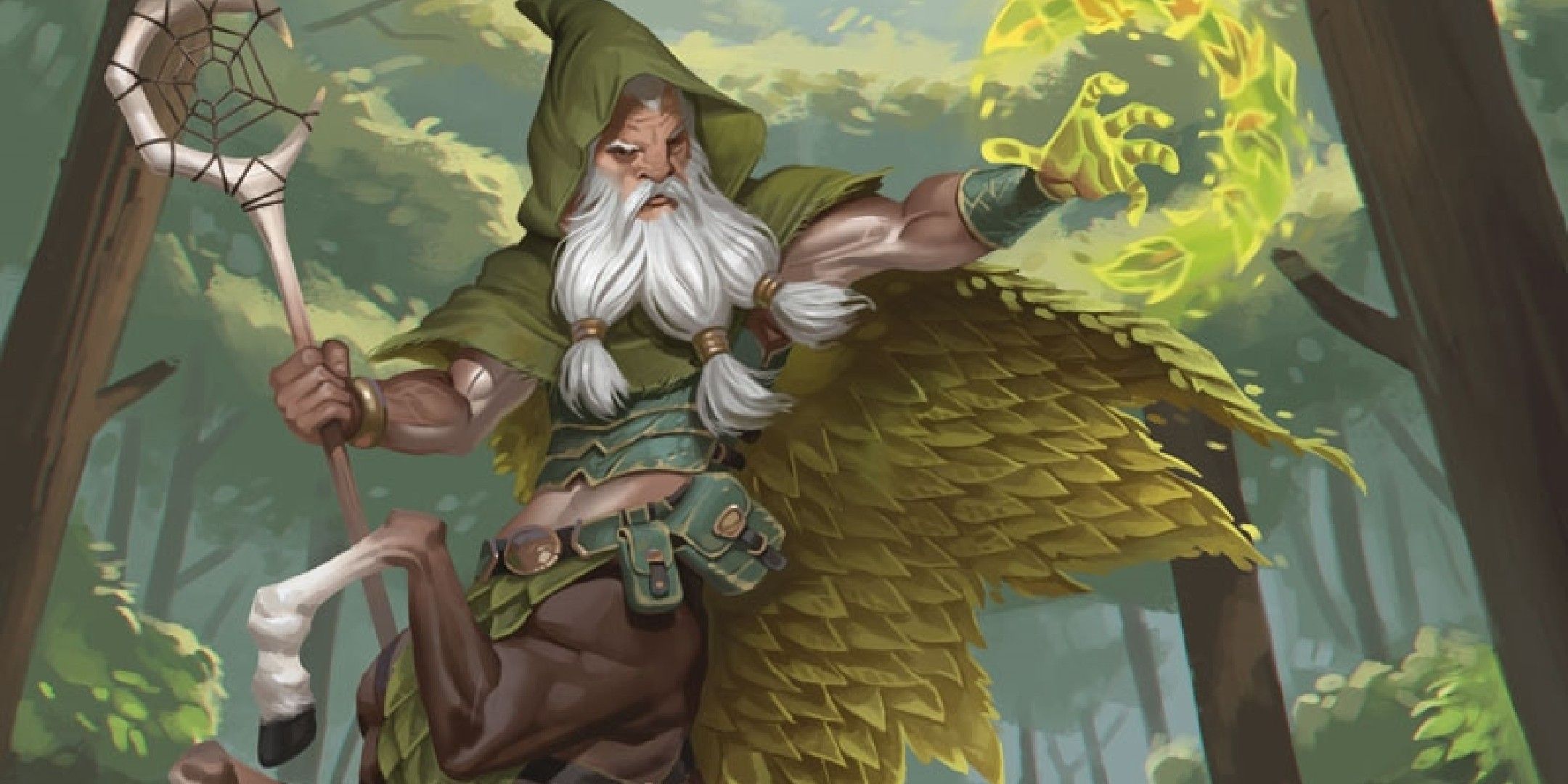
The 2025 Monster Manual also introduces the CR seven centaur warden, a leader ideal for commanding groups of centaur troopers against threats to nature. Like the trooper, they combine melee and ranged attacks with a rechargeable charge.
Typically, centaurs won’t initiate combat first. Instead, a few warning shots from the troopers can signal to the players to reconsider their actions, with the warden clarifying the reasons for their hostility and outlining how to earn their trust.
Centaurs as Playable Characters
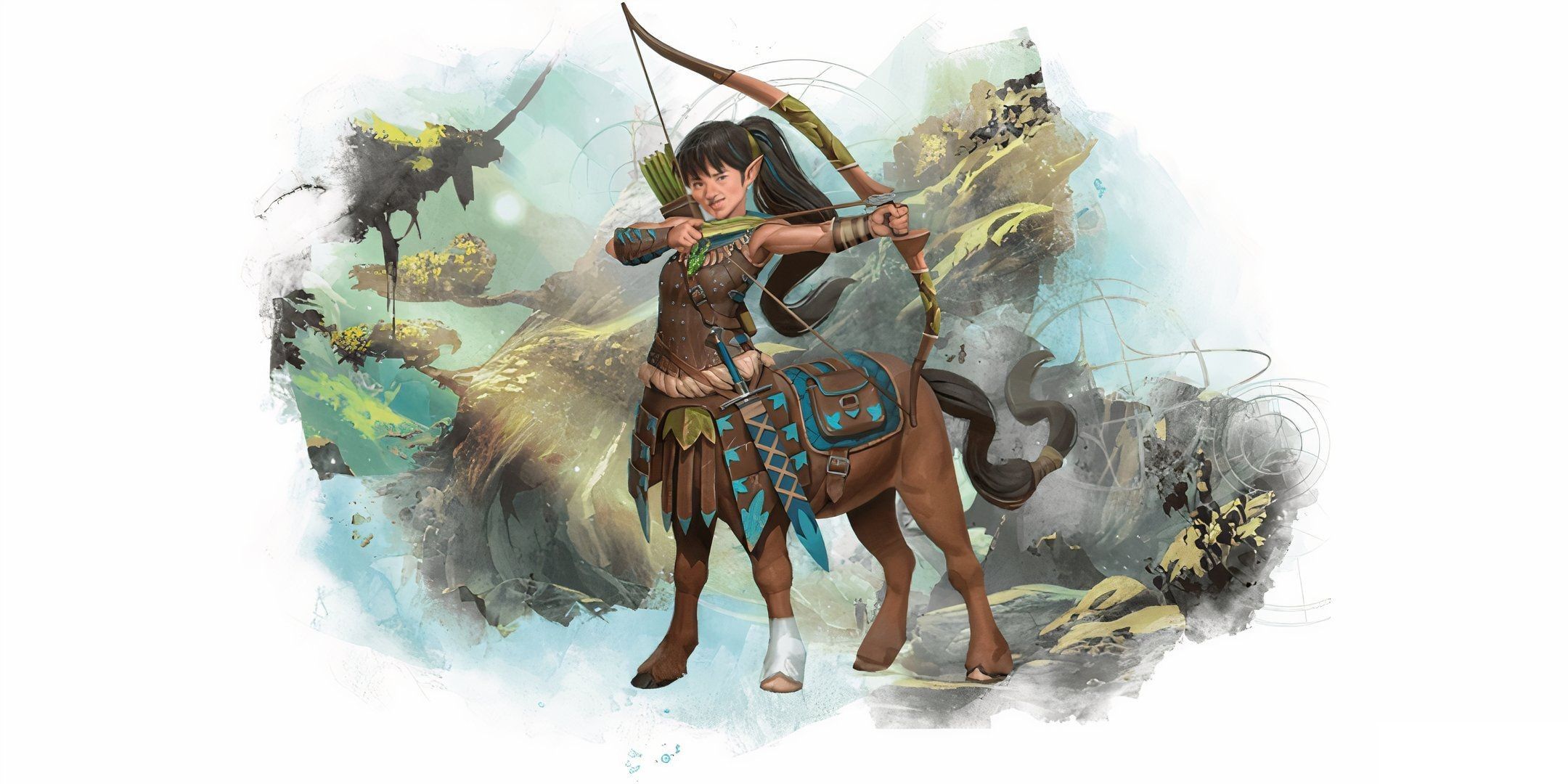
You can find the most updated version of centaurs as playable characters in Mordenkainen’s Monsters of the Multiverse. All sources agree on making centaurs viable but balanced, focusing on how their equine form aids and limits their interaction with the world.
- Size: Centaurs are considered medium size, differing from the large classification of other centaurs. This build allows players to engage with the world like any other race, although they cannot sit in chairs.
- Hooves: Their hooves serve as natural weapons, causing 1D4 plus Strength modifier damage. Additionally, if they make a charge attack, they can follow up with a bonus action hoof attack.
- Equine Build: When it comes to pushing, pulling, or carrying, centaurs act as large creatures. They have a movement speed of 40 feet, but their horse legs complicate climbing, although it’s not impossible.
These traits make centaurs a playable species that are neither overly limiting nor overly powerful. If your party encounters larger centaurs, simply categorize them as medium to maintain consistency.
Centaurs as Mounts
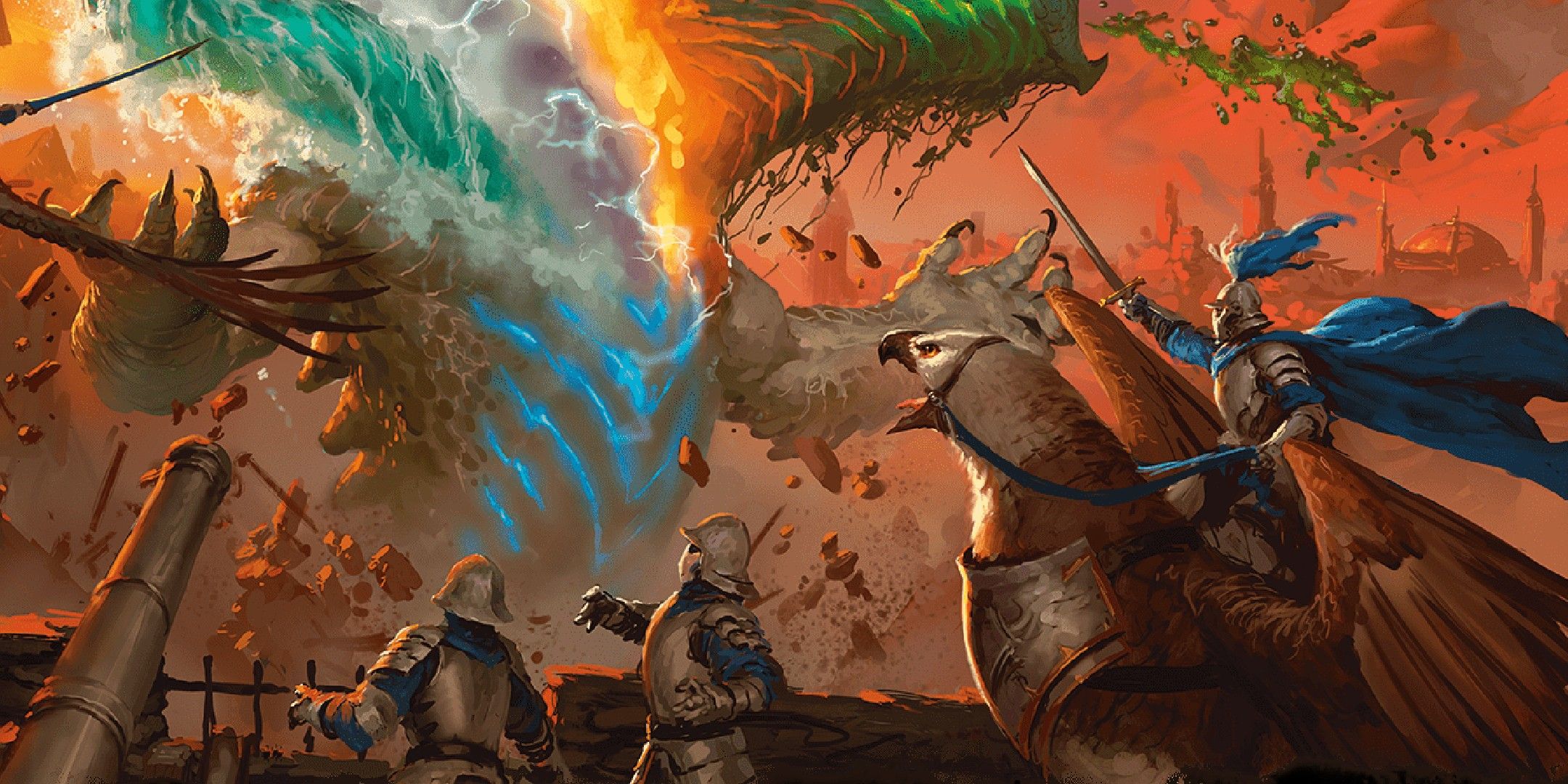
Even if a party encounters a friendly, gigantic dragon, a centaur player may struggle to ride on its back due to size. This challenge will persist across all play levels, so keep this in mind if considering a centaur as a playable character.
In lower-level play, centaur players might enjoy a movement speed of 40 feet, similar to draft horses. However, if the party gains access to riding horses or warhorses, those with a speed of 60 feet may outpace the centaur.
At higher levels, centaurs may find themselves unable to ride a celestial pegasus bound for pivotal encounters. Other narrative options like larger airships can be utilized, but having a centaur in the party may ultimately restrict your storytelling opportunities.
Best Classes for Centaurs
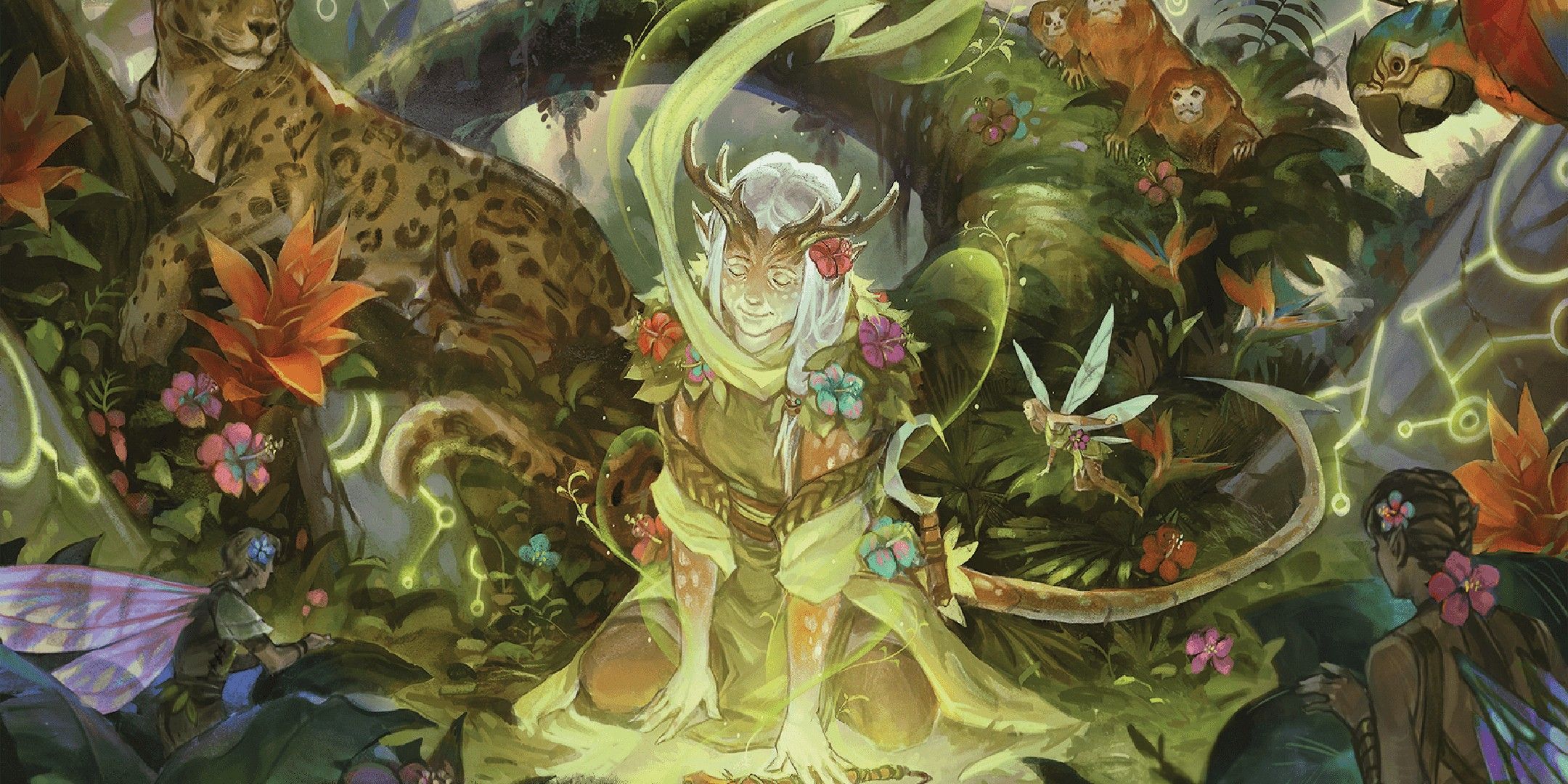
Using the 2024 Player’s Handbook when creating a centaur character is recommended because it connects your starting Ability Scores with your chosen background rather than your race. As such, any class can suit a centaur, from melee frontliners to spellcasting support.
Being a barbarian is particularly advantageous, as their unarmored defense allows centaur players to dodge the complexities of armor fitting. The emphasis on Strength also complements the centaur’s natural abilities.
Another excellent option is to choose druid, both for flavor and functionality. Regardless of subclass, reaching at least level two grants access to Wild Shape, allowing transformations into various animals capable of navigating spaces that may be difficult for a centaur.







